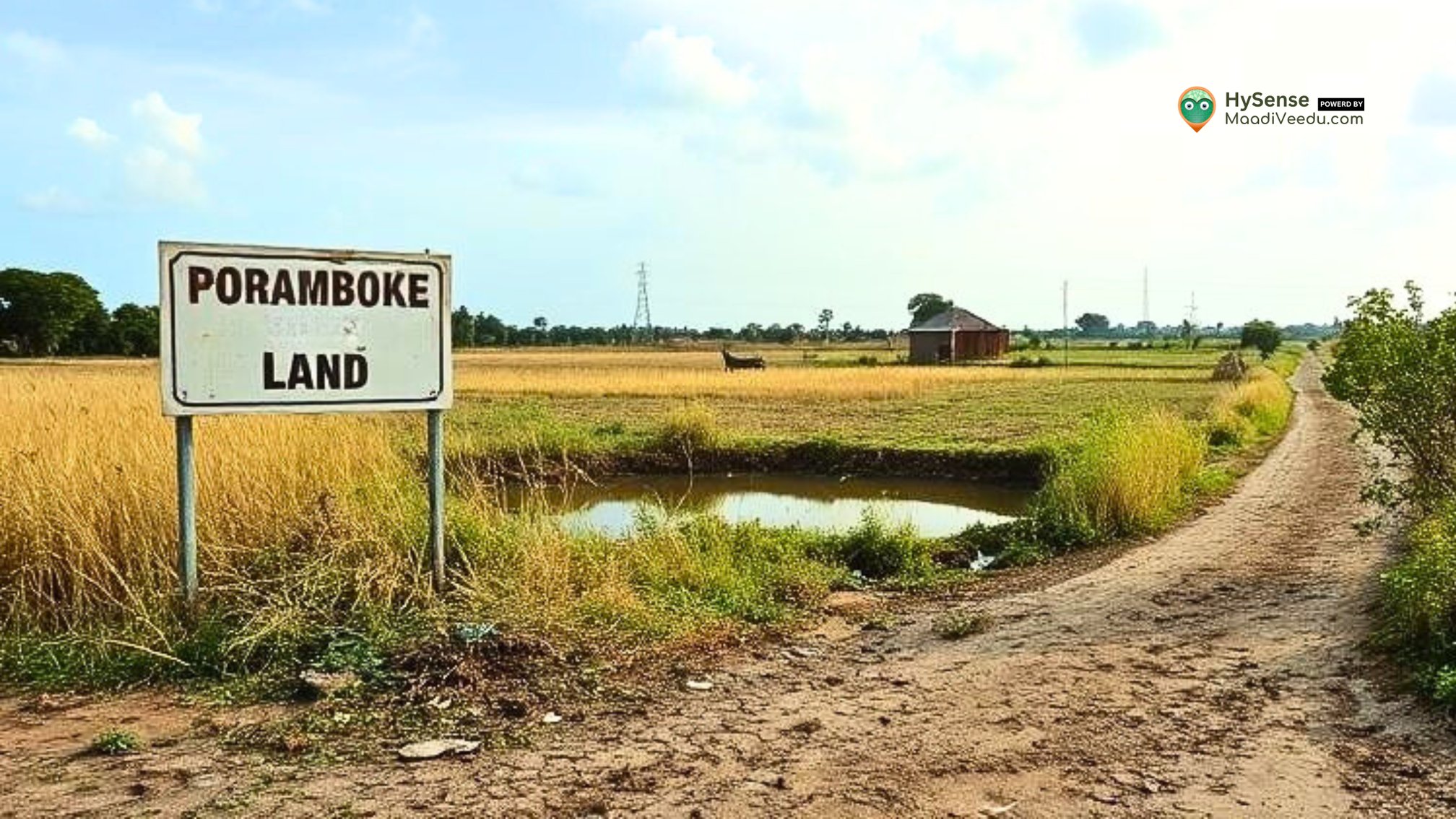Government Policies & Agricultural Land Prices – Impact, Trends & Investment Insights
Learn how government policies like land reforms, subsidies, taxation, and infrastructure projects influence agricultural land prices. Stay informed for smarter investments.
Table of Contents
Did you know that government decisions—from building a new village road to offering crop insurance—can dramatically increase the value of farmland overnight? Many investors and farmers focus only on soil quality or crop yield, but the real game-changer is often policy.
In this blog, we’ll explore how land reforms, subsidies, infrastructure projects, urbanization, and other government policies impact agricultural land prices. By understanding these factors, you can make smarter investments and secure better returns.
You can explore available agricultural plots nearby to see how policy changes are affecting land value."
1. Land Reforms: Who Owns the Land Matters
Land reforms are designed to make ownership fair and boost productivity. These policies affect both availability and price of farmland.
- Abolition of Zamindari System
- Earlier, a few landlords owned large tracts of land, leaving farmers as tenants. The government abolished this system, allowing tenants to become owners.
- Effect on Price: More people could buy land, increasing demand and creating price fluctuations.
- Land Ceiling Laws
- Limits on how much land an individual or family can own prevented big-scale speculation.
- Effect on Price: Fragmentation led to moderate, stable growth instead of rapid price spikes.
- Tenancy Reforms
- Tenant farmers gained legal rights over the land they cultivated.
- Effect on Price: Scarcer land supply made agricultural plots more valuable.
2. Subsidies & Financial Support: Making Farming Profitable
Government financial support encourages farming and indirectly raises land value.
- Minimum Support Price (MSP)
- Guarantees minimum earnings for crops like rice, wheat, and sugarcane.
- Effect on Price: Land in high-MSP regions is more profitable and in higher demand.
- Input Subsidies
- Reduced costs for fertilizers, irrigation, and electricity make farming cheaper.
- Effect on Price: Well-irrigated and resource-rich land appreciates faster.
- Crop Insurance (PMFBY)
- Protects farmers from crop failure due to floods, droughts, or pests.
- Effect on Price: Risk-free farming encourages more people to invest in land.
3. Infrastructure: Connecting Land to Value
Better roads, irrigation, and electrification directly boost farmland prices.
- Road Connectivity (PMGSY)
- Linking villages to markets reduces transportation costs.
- Effect on Price: Land near good roads appreciates faster than isolated plots.
- Irrigation Projects
- Dams, canals, and borewells ensure reliable water supply.
- Effect on Price: Fertile, irrigated land is always in demand.
- Rural Electrification & Storage
- Electricity enables modern farming and cold storage facilities.
- Effect on Price: Land near electrified farms and storage units commands a premium.
Read also: Top Government Schemes for Agricultural Land Investment in 2025 – Financial Support & Benefits
4. Urban Expansion & Industrial Projects: The Ripple Effect
Urbanization and government land acquisition can dramatically change land value.
- Land Compensation Laws
- When the government acquires land, owners receive fair market compensation.
- Effect on Price: Nearby plots increase in value as landowners adjust expectations.
- Special Economic Zones (SEZs) & Industrial Corridors
- Farmland converted into industrial or commercial hubs drives surrounding land prices higher.
- Smart Cities & Urban Growth
- Peripheral agricultural land near cities becomes highly valuable for both farming and potential future development.
5. Other Policies Impacting Farmland Value
- Land Conversion Rules
- Strict regulations stabilize farmland prices; relaxed rules attract developers, pushing prices up.
- Tax Policies & Loans
- Agricultural land often enjoys tax exemptions. Government-subsidized loans make buying easier, boosting demand.
- Climate & Environmental Regulations
- Promotion of organic farming adds premium value. Restrictions on groundwater use may stabilize or reduce land prices in water-scarce regions.
Conclusion: Stay Informed to Invest Smart
Government policies are a silent but powerful partner in every agricultural land transaction. Understanding how land reforms, subsidies, infrastructure, urbanization, and environmental regulations affect prices is crucial for farmers, landowners, and investors.
Key Takeaways:
- MSP, subsidies, and rural development projects increase farmland value.
- Urbanization and industrialization create local price booms.
- Tax exemptions and low-interest loans make farmland a financially attractive investment.
Looking to invest in agricultural land? Explore MaadiVeedu.com for expert guidance and curated listings.
For more real estate insights, visit blog.maadiveedu.com.
FAQs: Agricultural Land & Government Policies
1: How do subsidies affect farmland prices?
They reduce farming costs and increase profitability, making land more attractive and valuable.
2: How does urban expansion impact farmland?
Farmland near growing cities appreciates faster due to future development potential.
3: How can I verify irrigation or government-supported projects on land?
Check state agriculture department portals or local government records.
4: Are tax exemptions for farmland available everywhere?
Many states offer exemptions, but rules differ—always confirm locally.
5: How do I safely invest in agricultural land?
Use verified platforms like MaadiVeedu.com for safe and profitable investments.











